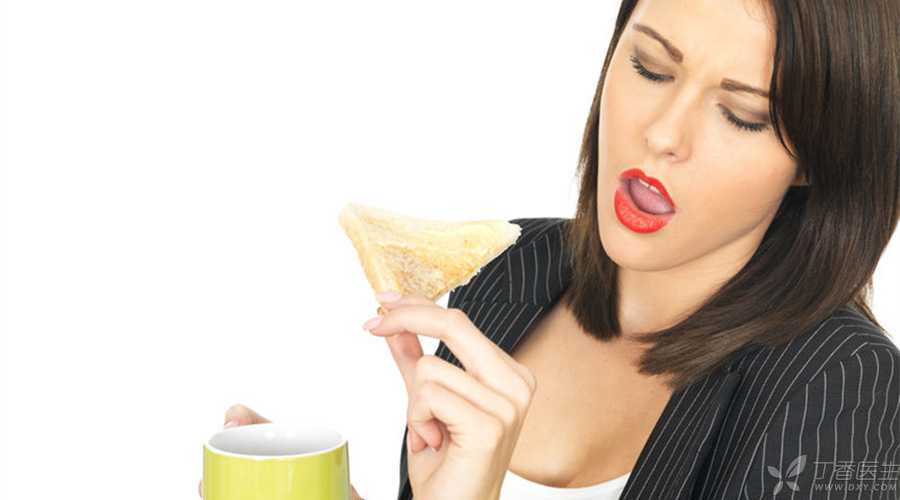
It is everyone’s wish to eat safely.
However, it has been circulated among the people that some foods are especially dirty and must not be eaten.
Today, let’s take stock of those [dirty] foods to see if they can be eaten.
1. Catfish and crayfish grow up in dirty water?
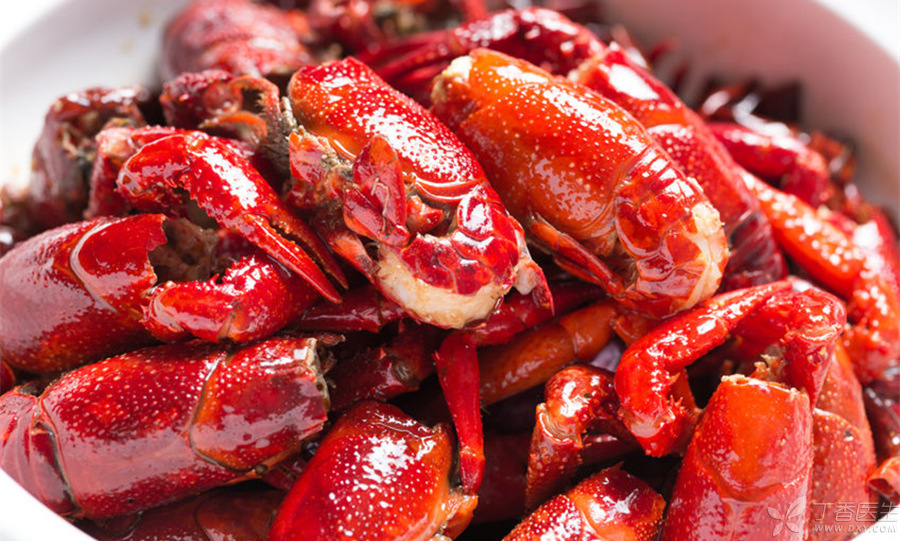
Crayfish and catfish are indeed very strong in vitality and can survive in polluted water. Many people will see crayfish and catfish even in places with dirty water quality, and they are all dirty food.
Crayfish said it was wrong.
Just because they can live in polluted water does not mean that they like to live in this dirty environment. Just as our [self-improvement and non-smoking] Chinese do not particularly like to live in smog, crayfish and catfish actually prefer clean water and fresh food.
If the water quality is poor, crayfish and catfish will also be affected. They will grow slowly, reproduce slowly and die easily. Therefore, the crayfish and catfish that we can eat will not only grow in a clean environment, but also be fed animal and plant feed according to the growth needs, so as to sell at a good price.
2. The ice cubes in fast food restaurants are dirtier than toilet water?
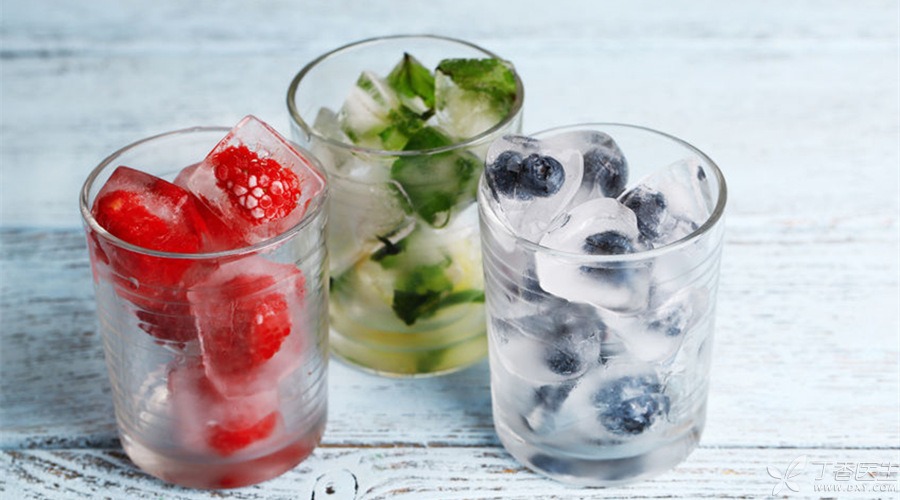
Rumor has it that the ice cubes in various fast food restaurants are dirtier than toilet water, and test results have been taken out. The test found that the total number of colonies in the ice cubes in fast food restaurants is more than toilet water.
Although it sounds like that, it is also a complete bluff.
The total number of colonies is an indicator to reflect the level of bacterial contamination and sanitary quality. It is only an indicator bacterium. Too much indicates that the sanitary condition may not be good, but it is not necessarily harmful.
Whether there is harm depends on whether there are pathogenic bacteria, such as Salmonella, Shigella and Staphylococcus aureus.
The statement that [is dirtier than toilet water] is even more unreliable: is it the water in the water tank before the toilet flushed or the water in the toilet after the toilet flushed?
3. The animal’s neck has lymph and is very dirty?
There are lymph nodes on the neck of animals, which are detoxification organs and are very dirty, so they cannot eat the neck of animals.
In fact, this is also a typical misunderstanding, and eating neck does not mean eating lymph nodes.
Lymph nodes are organs that filter pathogens in animals, not detoxification organs.
When animals are slaughtered, The germs and viruses in lymph nodes have not been removed yet, and it is difficult to ensure that they are completely killed in subsequent cooking. Therefore, lymph nodes do have health risks and are not suitable for eating. But lymph nodes and neck are two different things. Lymph nodes are distributed in all parts of the body, and neck is just relatively concentrated. No matter which part of the lymph nodes, they should not be eaten. Moreover, no matter which part of the meat, as long as lymph nodes are removed, it will not affect eating.
In fact, chickens and ducks do not have shaped lymph nodes in their bodies, only lymph aggregates that play the same role. If there is no pathological change, a small amount of food after sufficient heating will not have obvious harm. In standard slaughter, the thyroid gland, diseased lymph nodes and adrenal glands of pigs will be removed and can be safely eaten.
4. Raisins are all dirt?
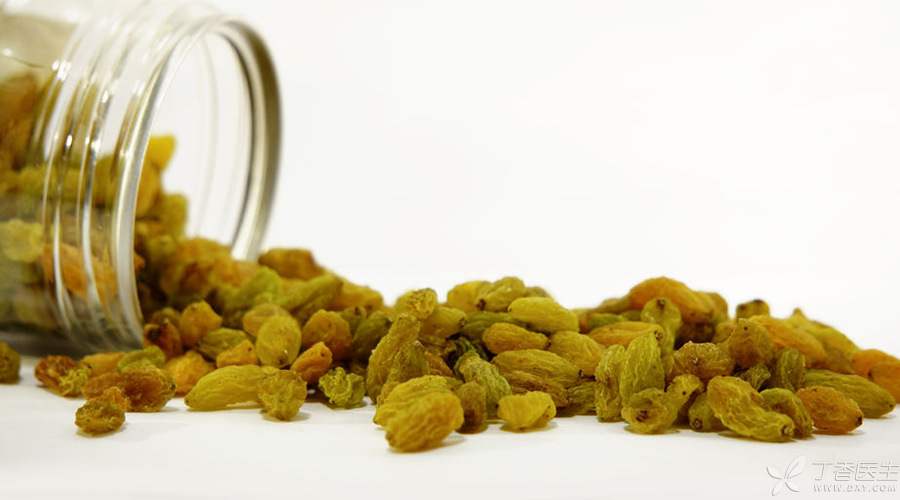
There are also rumors that raisins are a very dirty food, which takes up a lot of soil and ash in the process of drying and must be washed with water before eating.
Raisins expressed their grievance.
Traditional raisins are made of grapes dried in the sun or in the shadow. This method is inefficient and takes at least a few months to meet the demand for food.
In the modern processing food industry, raisins are made with quick-drying agents. The ingredients of the quick-drying agents are mainly two kinds: alkali and emulsifier, of which alkali is the core. After the treatment of the quick-drying agents, a batch of raisins can be obtained in 5 days, which is several times faster than the traditional method.
Moreover, packaged food is generally subject to strict production hygiene requirements, and is usually professionally cleaned before packaging, so it is not necessary to wash it when bought home.
However, if you buy raisins in bulk, you can wash them because transportation and storage are more likely to be polluted by the environment.
5. Stinky tofu is made of dung?
It has always been said among the people that stinky tofu is made of [excrement] and is especially dirty.
When it comes to excrement and water, the picture of automatic brain supplement in everyone’s mind must be very dirty, so I won’t say much.
However, from a technical point of view, stinky tofu that smells smelly and tastes delicious cannot be made with excrement and water alone. After all, the difference between the two is too great.
Moreover, there are more pathogenic bacteria and harmful substances in dung and water, and ordinary businesses will not take such great risks.
6. Frozen food is especially dirty when it is kept for a long time?
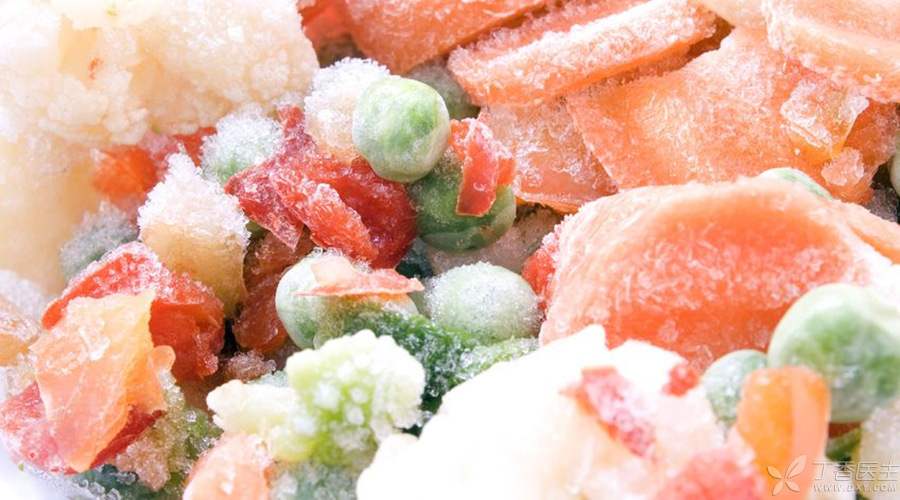
There are also many people who don’t like to buy frozen food, such as frozen meat and frozen fruits and vegetables. They think that frozen food is not nutritious and the world is dirty after a long time.
In fact, frozen food is stored at a low temperature below minus 18 degrees, bacteria and other microorganisms cannot grow, the nutritional value will not be greatly affected, and there is no worry about the growth and reproduction of microorganisms, but it is actually very hygienic.
7. Strings of incense and malatang are all [dirty strings]?
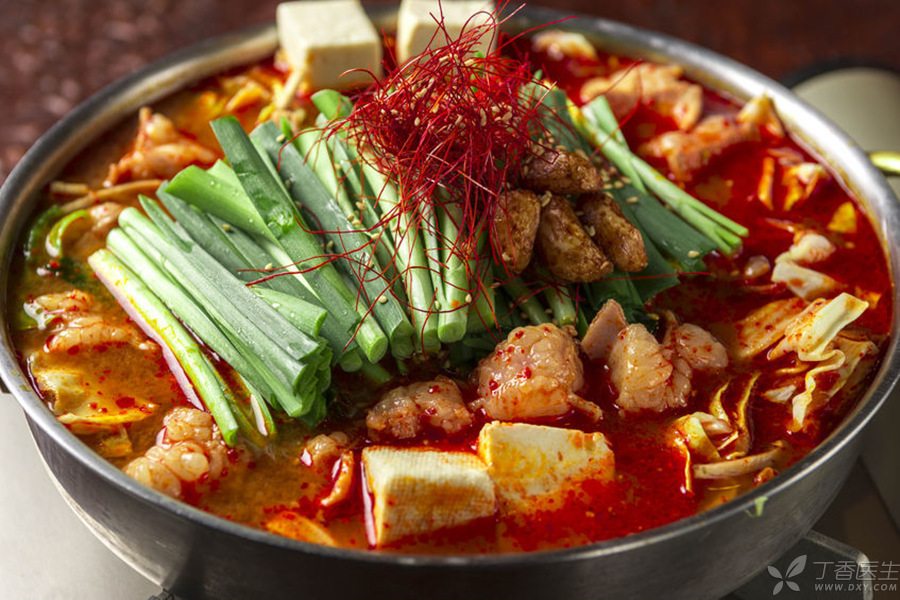
In fact, as long as the raw materials are hygienic and the operation is standardized, string and malatang can also be hygienic and safe and can be eaten at ease.
However, many chain stores and malatang shops are small vendors. They are reluctant to buy high-quality raw materials and do not pay attention to hygiene in their operation. However, they are not very hygienic. It is suggested that everyone should eat chain stores and malatang less than thieves and vendors.
The good news is that there are more and more regular chain stores and malatang shops, and the chain stores and malatang shops in these stores are much safer and healthier.
8. Bulk food
This is actually more reliable.
Bulk food is easily contaminated by bacteria and mold in the environment and may also be attacked by pests because it is not protected by sealed packaging. Therefore, the safety risk of bulk food is indeed higher.
Therefore, it is suggested that everyone should buy as little bulk food as possible.
However, bulk food cannot be bought at all. At present, bulk food in many supermarkets is actually very safe. Moreover, many bulk foods, such as rice, need to be heated when they are bought and eaten at home, and are also very safe when heated and cooked.
What needs to be paid attention to is how long you should be when buying bulk food and look at the surrounding environment and production situation. If you look clean and tidy, the risk will be less.
If it is dirty at first sight, then leave as early as possible!
